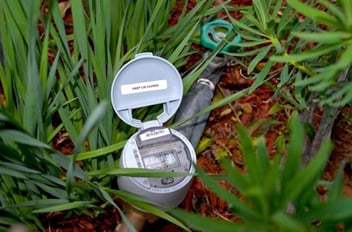Water security is important…but what is it, and how are we performing?
Secure urban water supply to towns and cities is critical for human health and wellbeing, economic growth, and green and liveable environments. Recent reports have noted the need for improved urban water security and called for greater national leadership and collaboration on the issue.
Despite its importance, water security is often not clearly defined and means different things to different stakeholders. Despite water security being such a nationally significant issue, there is no common definition or framework for engaging on it, or for better understanding and responding to shared risks and challenges. This impedes efforts to elevate discussions about water security and inhibits the development of initiatives and solutions at scale.
On behalf of the Department of Agriculture, Water and Environment, Aither recently engaged with different national, state and local government agencies, water utilities and water sector experts to develop and explore the value of a nationally applicable water security definition and diagnostic. The intent of the definition is to establish a clear and common understanding at a national level of what town and city water security means, and to help support a more consistent conversation and reference point for tackling water security issues. The intent of the diagnostic is to support reporting that would build an overall picture of current practices, approaches, risks and uncertainties across geographies and jurisdictions.
A range of potential benefits were identified through testing the definition and diagnostic. Outputs from the diagnostic can help with:
- Sharing and growing understanding of best-practice approaches for achieving water security (for example, identifying key values, assumptions and information gaps)
- Supporting efforts to improve water security planning, and strategies in response to risks and issues (for example, to scope and target initiatives, research, or standards and guidelines that improve water security)
- Building community and stakeholder confidence through transparency and reporting
- Supporting more efficient investments by Commonwealth, states and territories prior to and in times of crisis (by supporting and monitoring planning practices continuously and being aware of potential risks and vulnerabilities in advance).
The definition and diagnostic don’t replace the detailed technical planning and management of water security at the system level. But they can help identify common risks, issues and best-practice across systems, and support joined-up solutions and efforts in response.
The definition and diagnostic were developed and refined through multiple rounds of consultation and trialling and are detailed in the final report – available here. It is hoped that with support and input from the sector, further work can be undertaken to move from exploring proof of concept to further testing, validation and identifying implementation pathways and reporting.

